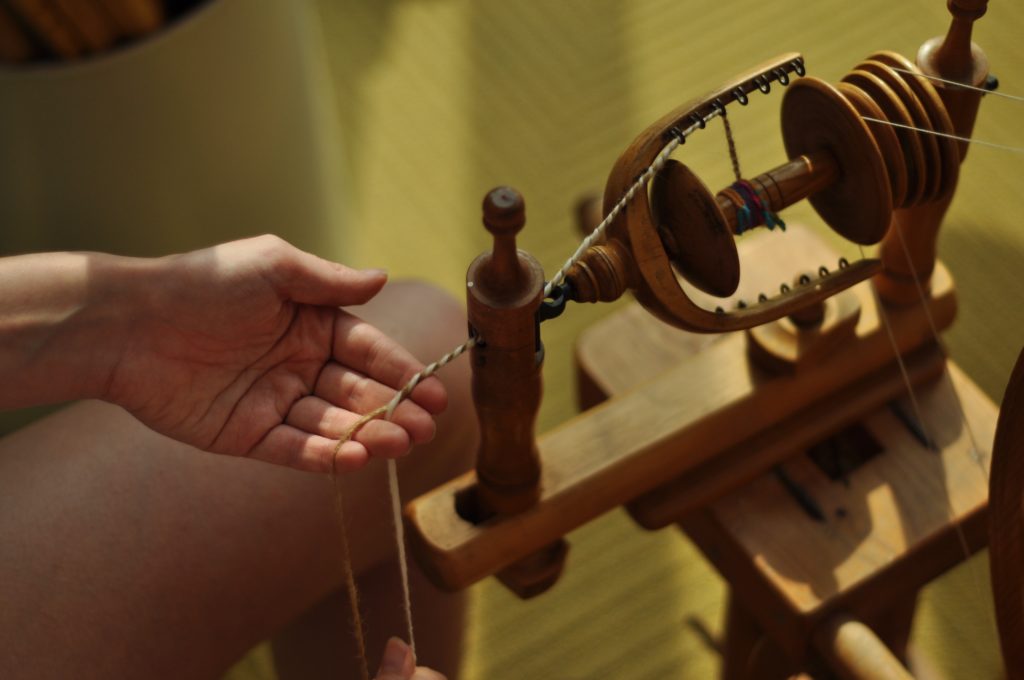The textile industry has numerous flaws concerning
sustainability and a major aspect of it is the quantity of waste when one includes the resources used for production.
Small scale production areas like the Wearable Senses lab at the TU/e has a waste management problem; textile waste produced is not given a second life but is thrown away.
After understanding the lifecycle of textile and exploring different aspects where we could leave an impact, we found that turning waste into yarn could give a new life cycle. We did this by analysing and documenting the materials that are being used and explored them through different ways of spinning strands into samples. Furthermore, we analyzed
the samples to see which method of spinning worked best for each and gave shape to the yarn by the process of weaving. This was made to illustrate and prove the purpose of the new-found yarn.
Through this research, we created a plausible solution to reduce textile waste in small
production spaces like the lab or what can be assimilated to cottage industries. We hope to provide sufficient information and inspiration for people to take on this process and experiment with recycled yarns.
Project with Aabharan Hemanth, Nathan Pottier, and Joris Zandbergen





Expertise Areas
Creativity & Asthetics
Learned to spin and how to do research through exploration by doing
Design & Research Process
Before doing this project I had only learned to do research through design by making a product and seeing how people react to it. Doing this project showed me there is another way: research though making. The process was challenging, but when looking back I couldn’t have asked for a more valuable learning experience in this project
